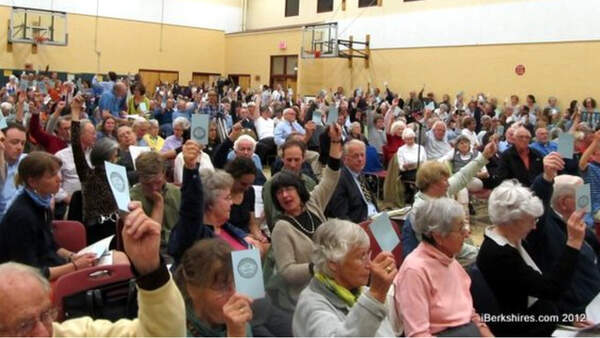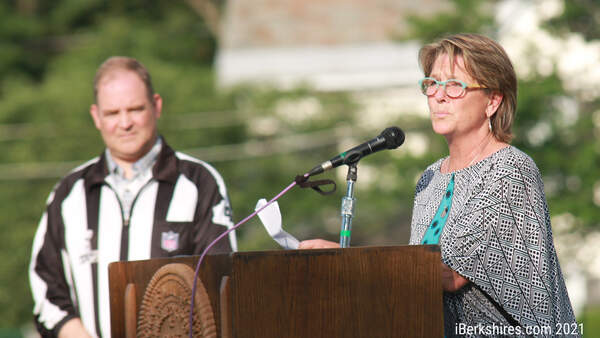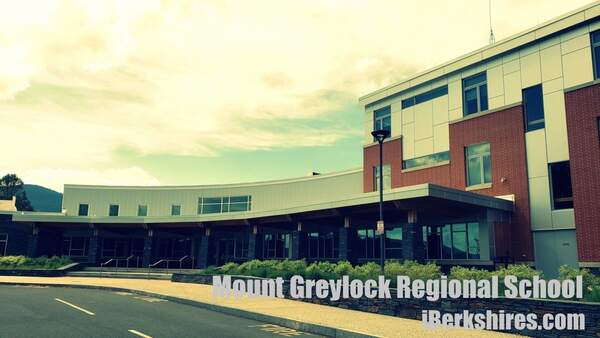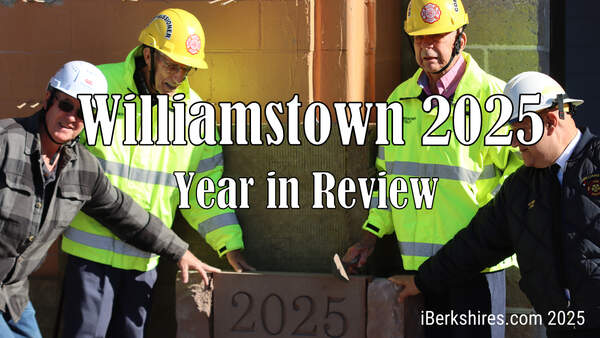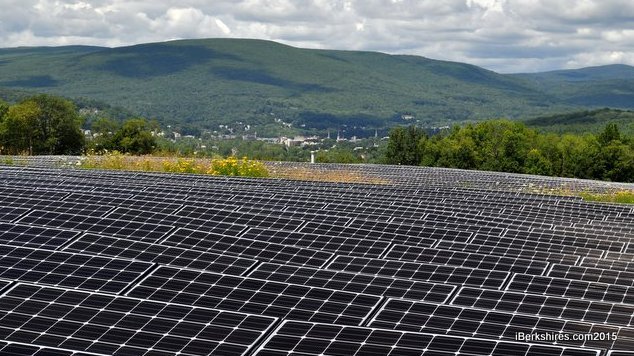
Williams, Town Partner to Build Solar Array on Capped Landfill
WILLIAMSTOWN, Mass. — Williams College and the town of Williamstown have signed an agreement that moves forward a previously stalled solar energy project that will provide low-cost, renewable energy to town facilities, the fire district and the regional school district.
The project aligns with the college’s climate change response plan goals to support local and regional renewable energy projects.
Under the terms of the agreement, Williams will invest approximately $6 million to complete construction of a 1.9-megawatt solar array on the capped town landfill on Simonds Road. The town began the project in 2014 with a commercial developer but after initial designs and studies were completed, the need for major infrastructure upgrades rendered the project economically unfeasible for the developer. After speaking with Williamstown Town Manager Jason Hoch, the college began exploring ways to assist the town. As a result of Williams' lower return requirements and commitment to local renewable energy, the college was in a position to get the project back on track.
"We had reached a point where the installation as originally planned was no longer financially viable and faced the difficult prospect of abandoning the project altogether," Hoch said. "Williams’ interest came at precisely the right time to allow us to proceed with this important solar facility that will benefit all of Williamstown."
Williams will provide the initial $6 million investment to construct the project. The college is seeking a tax equity partner that would co-own the solar array and provide $2 million toward the project during the final stages of construction.
Williamstown will use energy from the array to power all of its municipal buildings and the fire district building and streetlights, as well as facilities of the regional school district. The discounted clean power will provide both savings and price stability to the town’s energy budget by locking in a long-term price for electricity at less than half the price the town currently pays. The town will also receive no fewer than 20 years of structured property tax revenue from the landfill, a property that otherwise generates no tax revenue for the community.
"We’re delighted to partner with Williamstown in restarting this solar project," says Williams President Adam Falk. "As the college moves forward with a wide-ranging set of initiatives to help address the global climate change crisis, we’re pleased to be able to invest in renewable energy right in our own community."
EOS Ventures of Hancock has been selected by the college to serve as development consultants for the project. With substantial experience in developing and financing renewable energy projects throughout the region, EOS will undertake full oversight of all development and construction activities associated with the project.
The landfill solar project now qualifies for various state incentives thanks to recent changes in Massachusetts law that have expanded net metering and encourage the development of renewable energy projects serving towns and other municipal entities throughout Massachusetts.
Tags: landfill, solar, solar array, Williams College,

